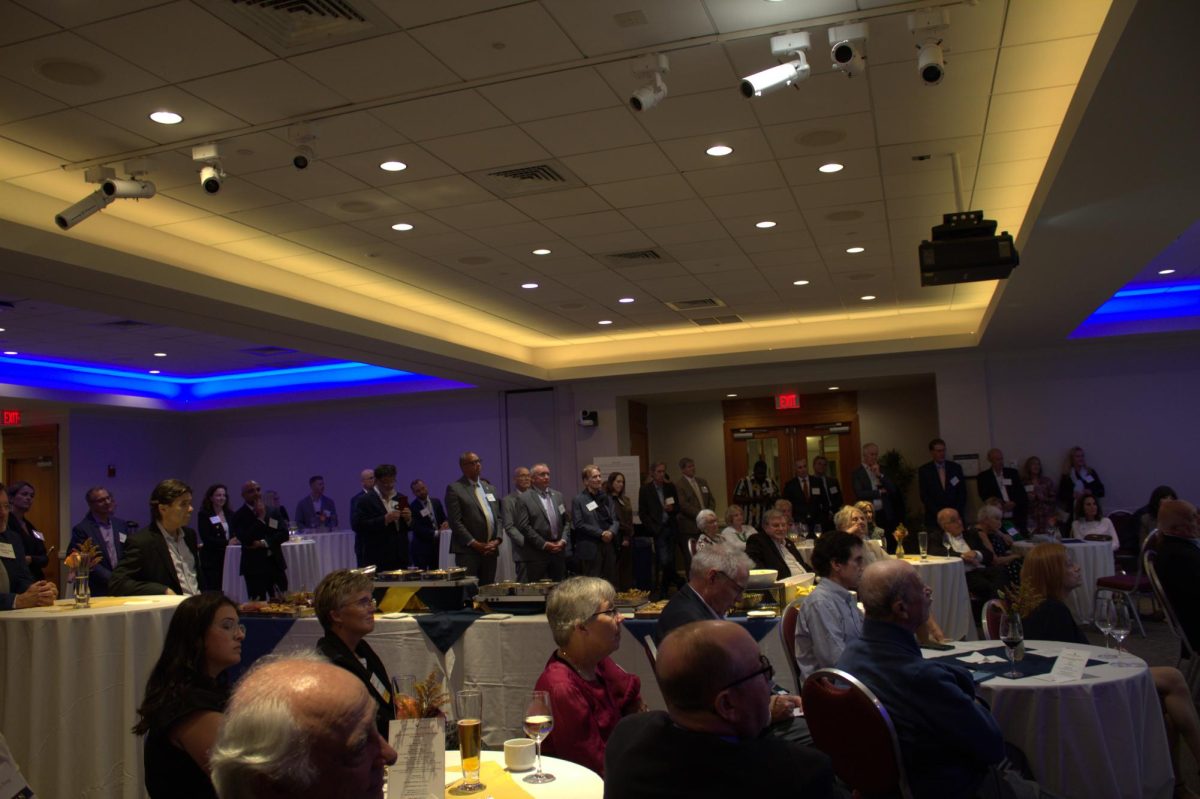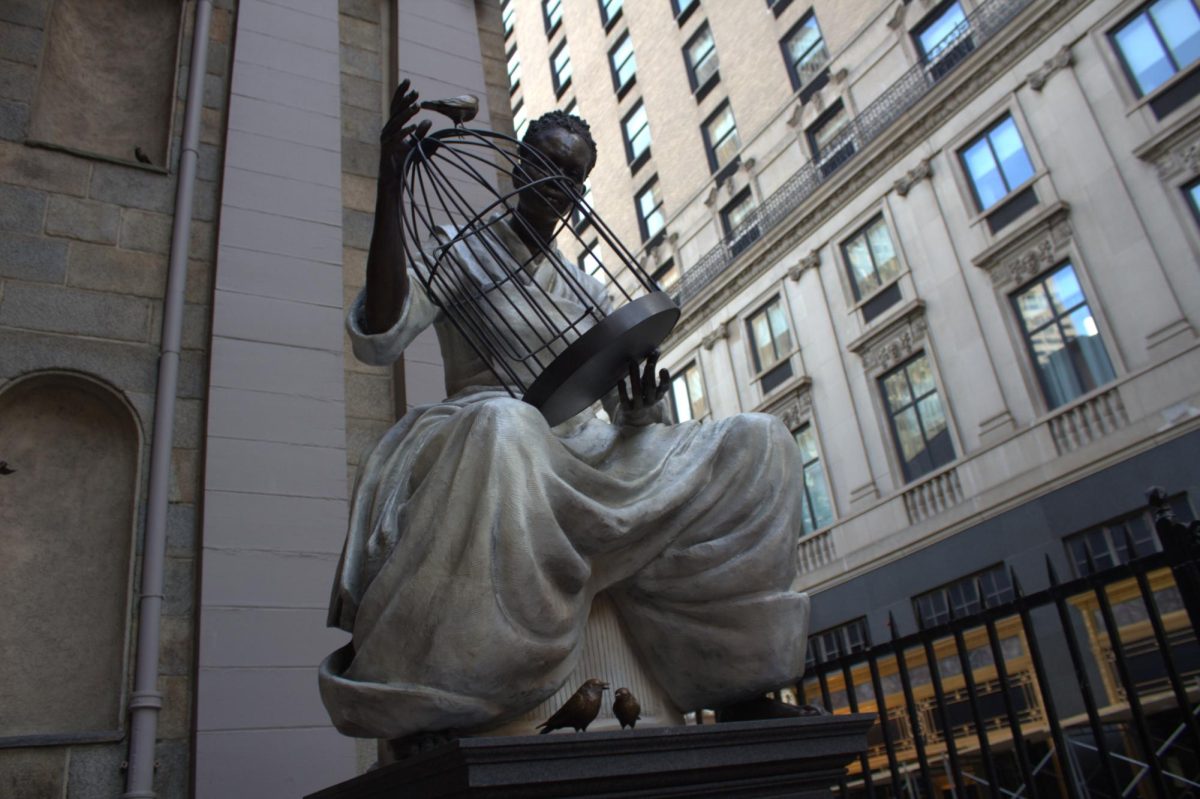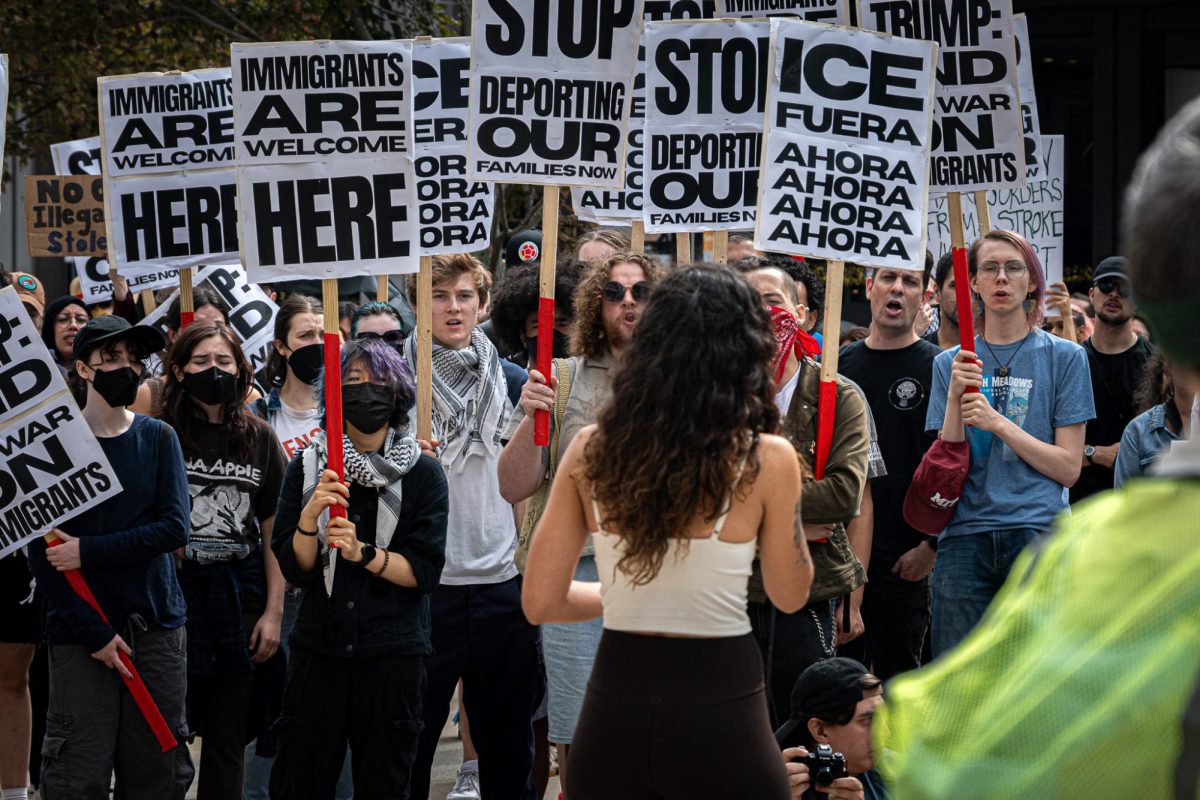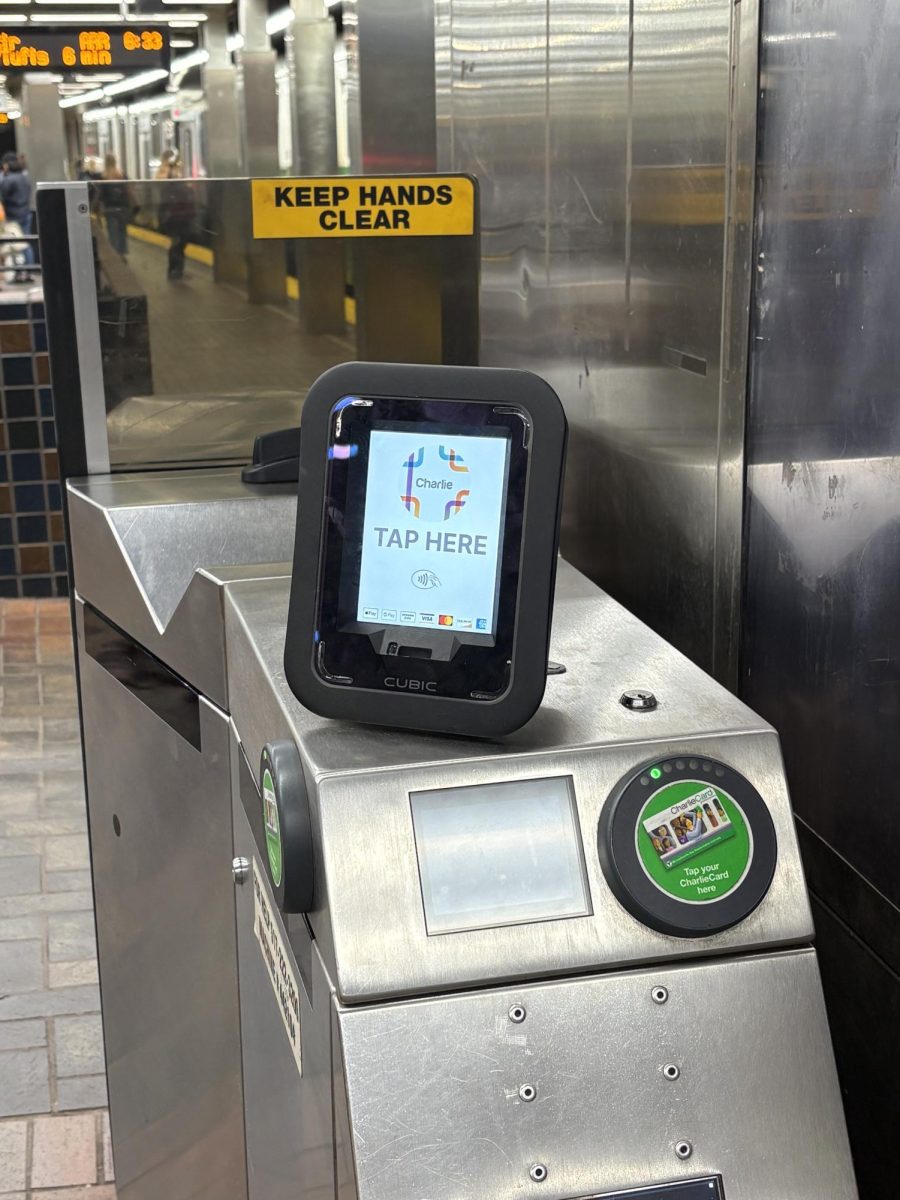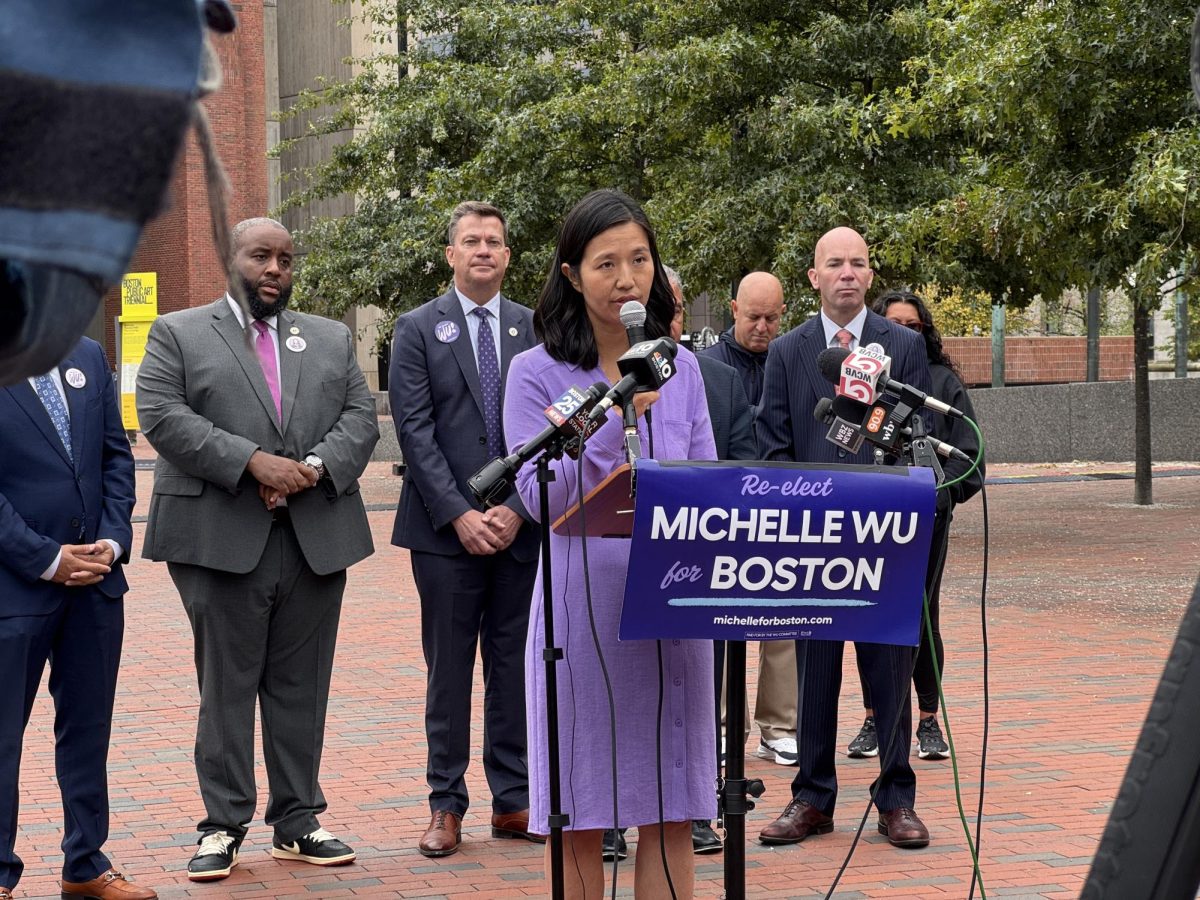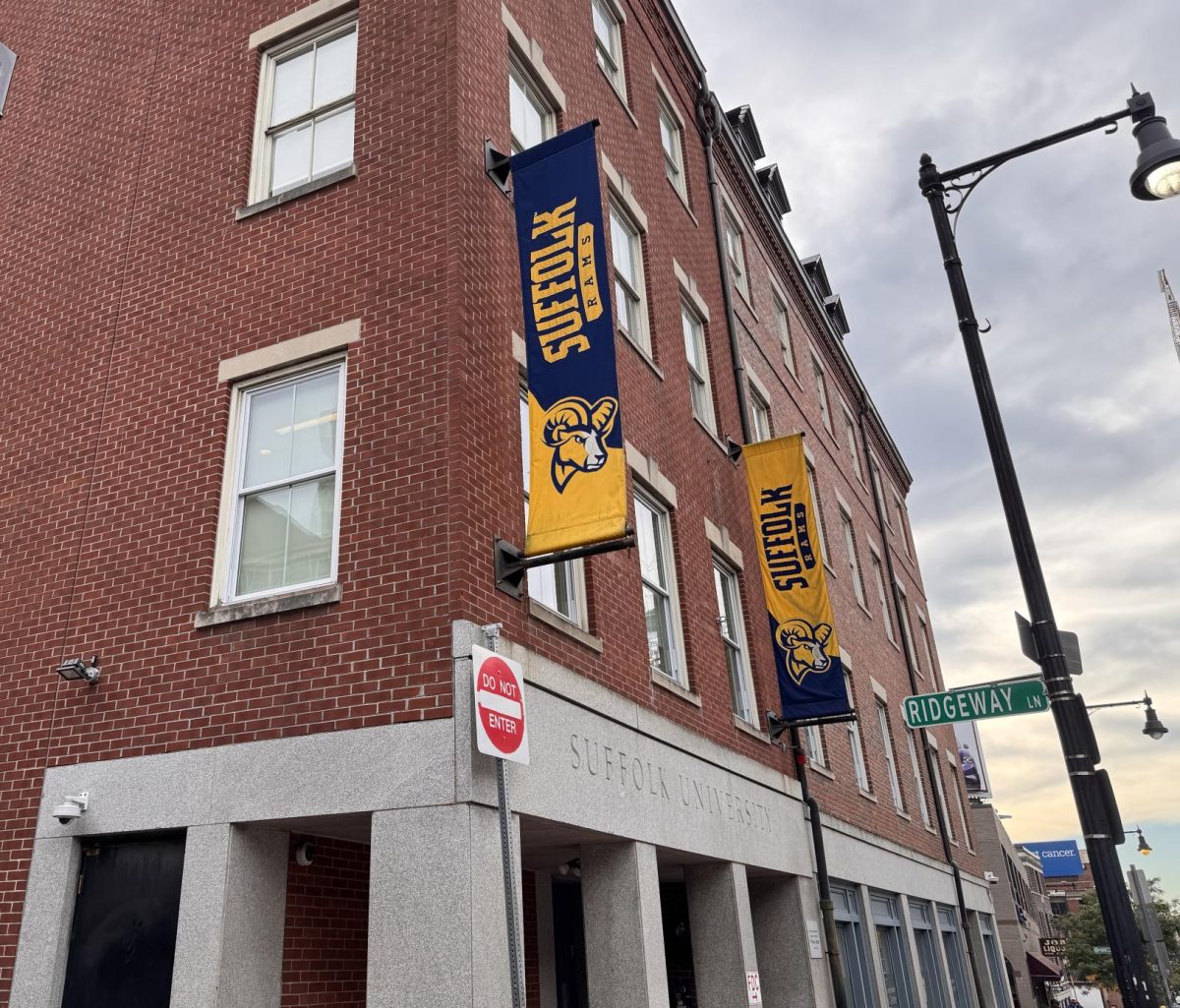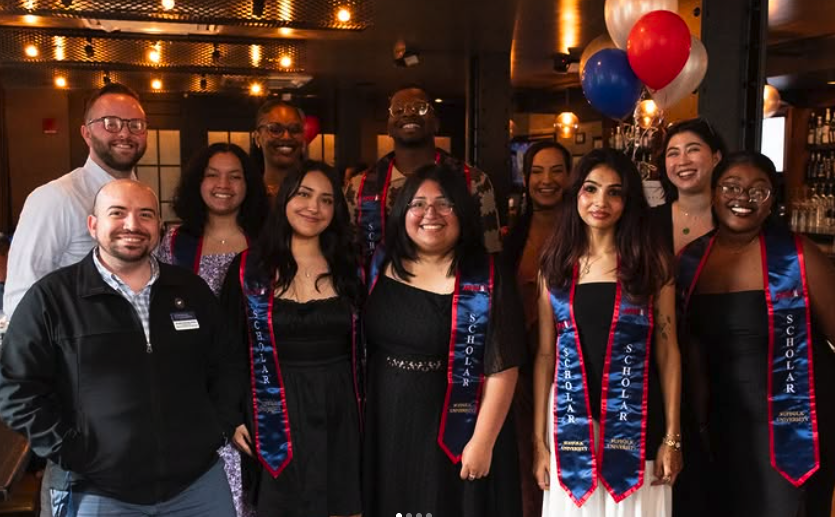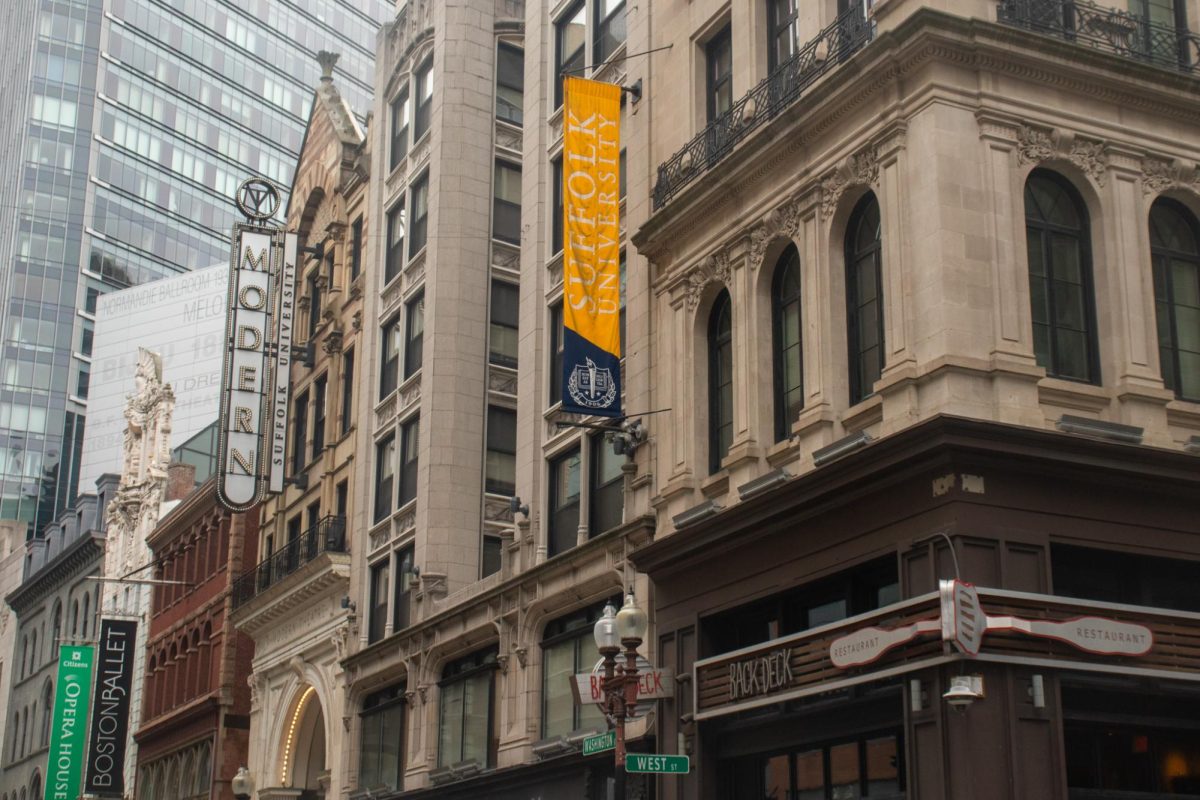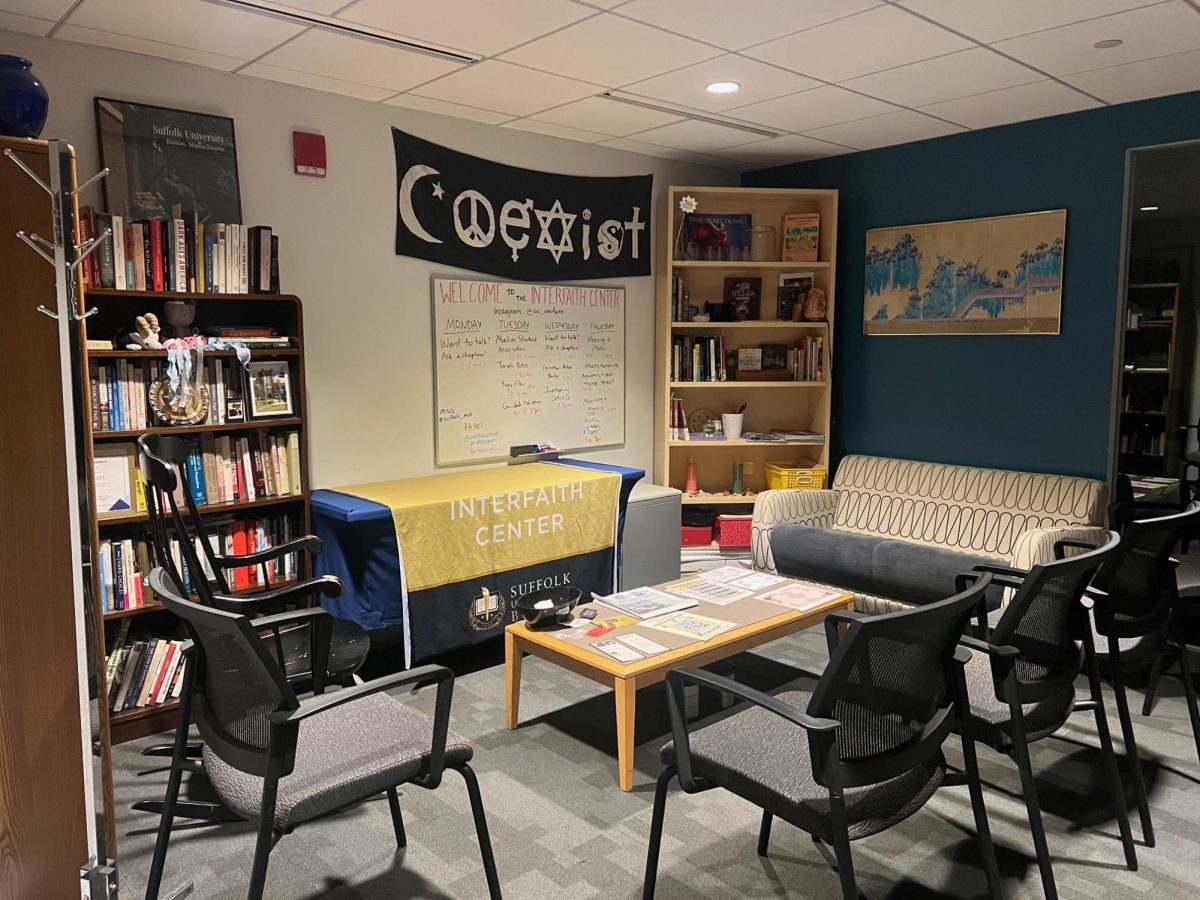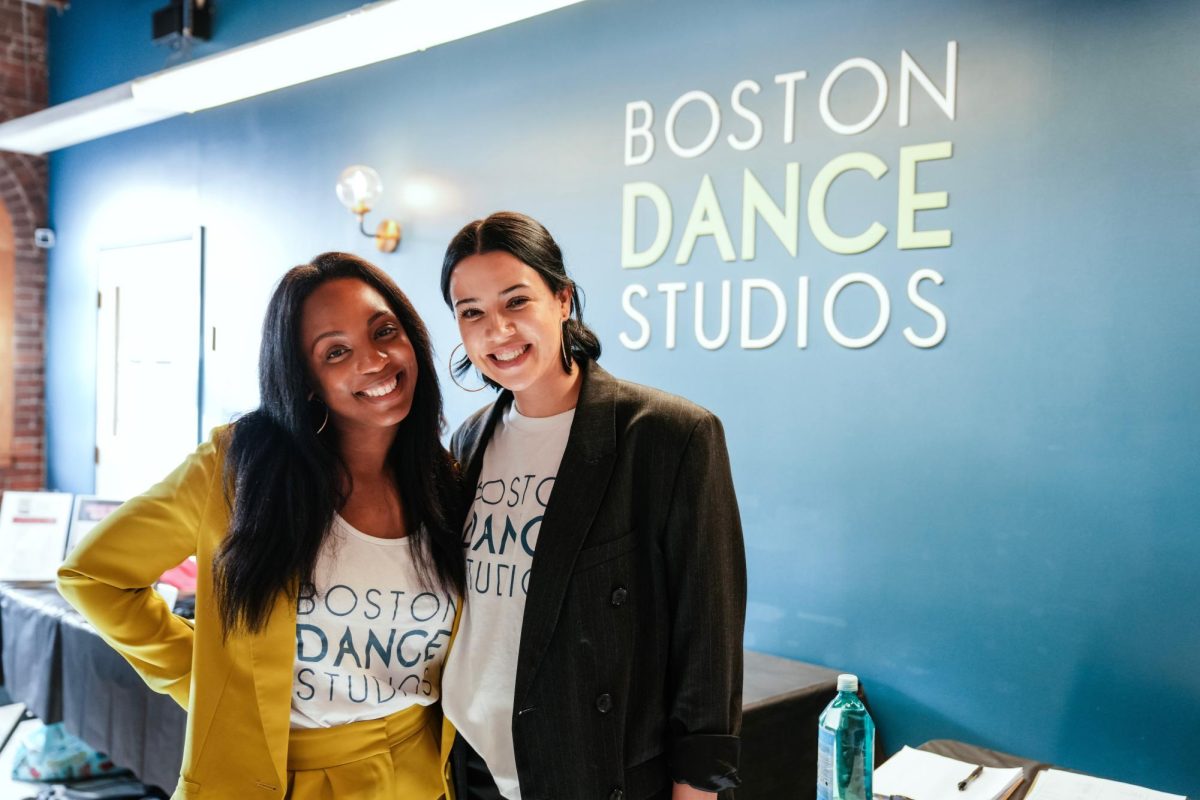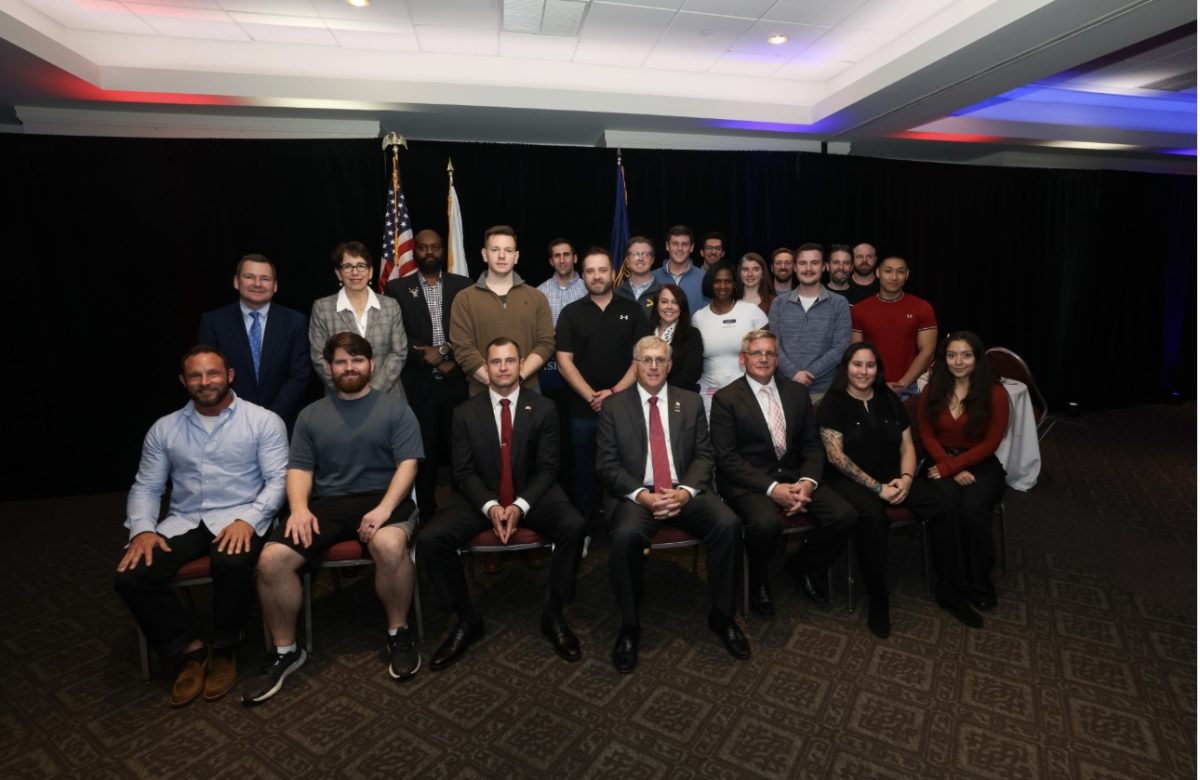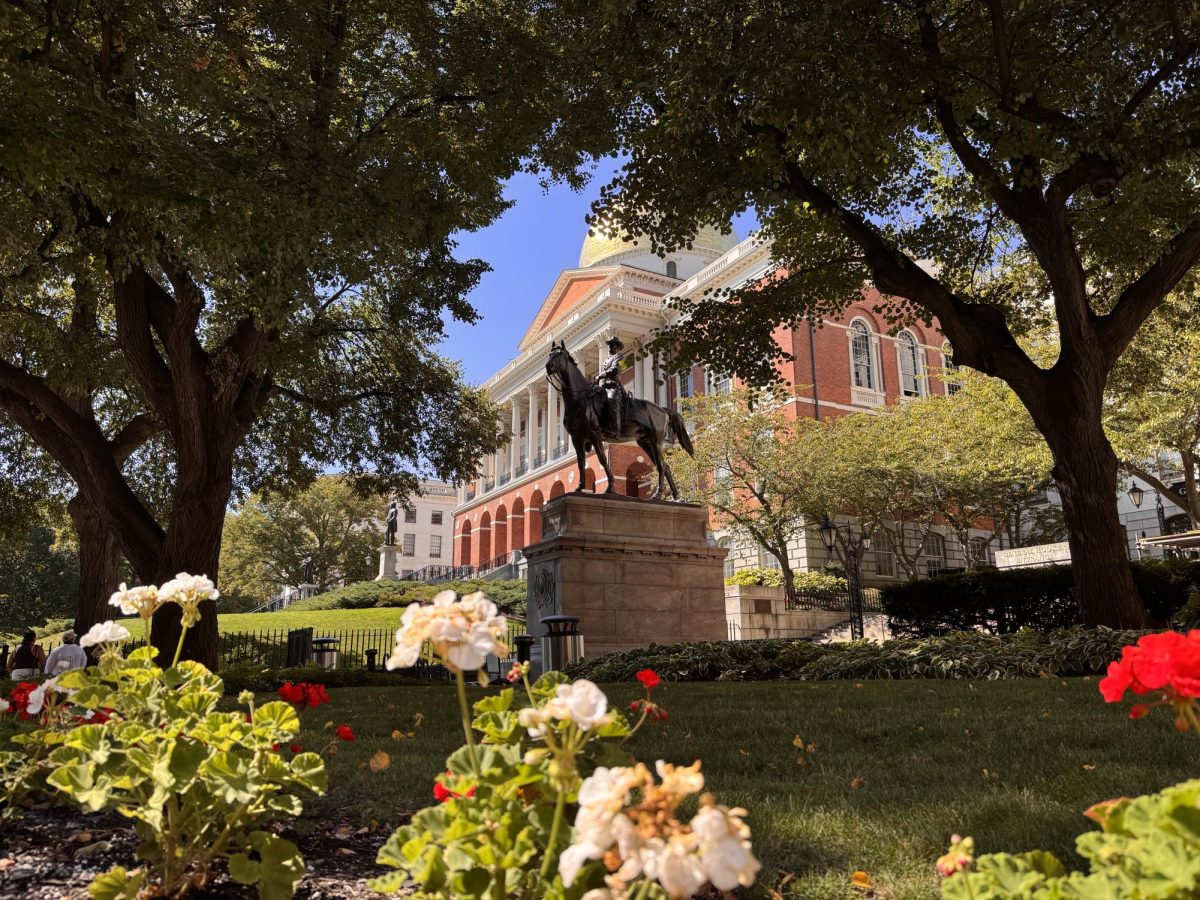Exposing oneself to many cultures and diverse backgrounds has many benefits. A well-rounded university should be a melting pot of diverse students and faculty; diversity should always be top of mind.
Suffolk University’s mission, as expressed in their diversity statement, is to generate a “truly multicultural, multiracial, gender-balanced community receptive to cultural diversity.” Suffolk seeks to mold future leaders by “creating and maintaining educational curricula in each of its schools that incorporate the values of a multicultural and diverse community and that reflect the pluralism of the United States and the world society.”
From fall 2012 to spring 2013, approximately 8,796 undergraduate and graduate students were enrolled at Suffolk, including students studying abroad. Of those students, 4,904 were female and 3,892 were male.
In terms of ethnicity, over 50 percent of Suffolk students identified as “white,” with self-identified “international” and “unknown” students compromising the second and third largest ethnic groups, respectively. Statistics representing various gender identities, culture, and economic and commuter status, were not readily available.
Two such representatives of the multi-background status of students at Suffolk are Seniors Rebecca Ndwana and Maria Serraino.
Ndwana is half Zimbabwean, half Congolese and was born in Cuba. She lived in Japan from the age of three until she was 11, and switched between Zimbabwe and Congo after leaving Japan.
Ndwana started her journey at Suffolk in Dakar, the largest city and capital of Senegal, took a semester off to live in France, and is now interning and going to school in Boston.
“I enjoyed my experience in Dakar, and from the beginning of it I knew I really wanted to come to school in America. I saw how diverse it was here and how great the education was,” Ndwana said. Although Suffolk has strong ties abroad, it is not explicitly an international school. “When I lived in Japan, I went to an international school, and it wasn’t as diverse as Suffolk. I definitely agree that it is probably more diverse than other schools.”
Serraino, who is Italian-American and a native of Revere, works for Revere’s Recreation Department organizing camps and events for the city. She chose Suffolk because “it was close enough to home and the financial burden was minimal compared to other schools. The location was a lot easier to commute to considering it’s only 20 minutes away from my home.”
On the topic of diversity, Serraino mentioned, “growing up in a diverse city, I was extremely pleased to notice what a great job Suffolk did when accepting students of various backgrounds. I love being able to interact with different cultures, so I’ve enjoyed being at Suffolk.”
Both Serraino and Ndwana have one notable thing in common: they are both graduating in May with a degree in public relations. Their backgrounds, although different, have taken them down a similar academic path at Suffolk. Although these two stories are just two out of the many at Suffolk, together they show that diversity not only reflects ethnicity and gender, it is also symbolic of one’s work and life experience coupled with one’s personal interests.



